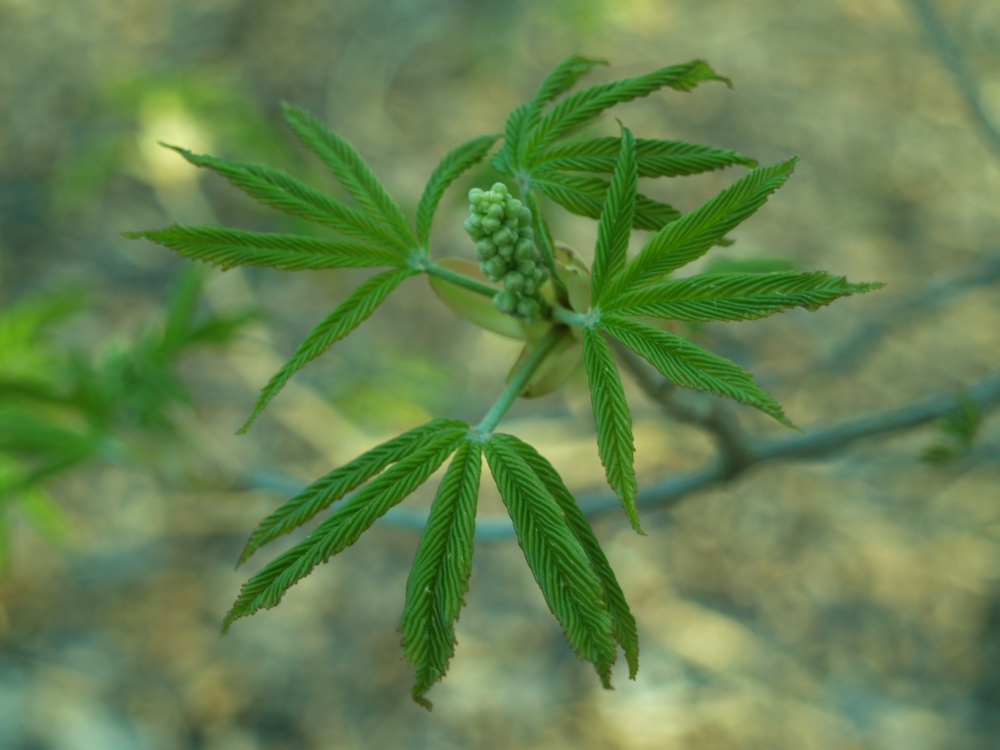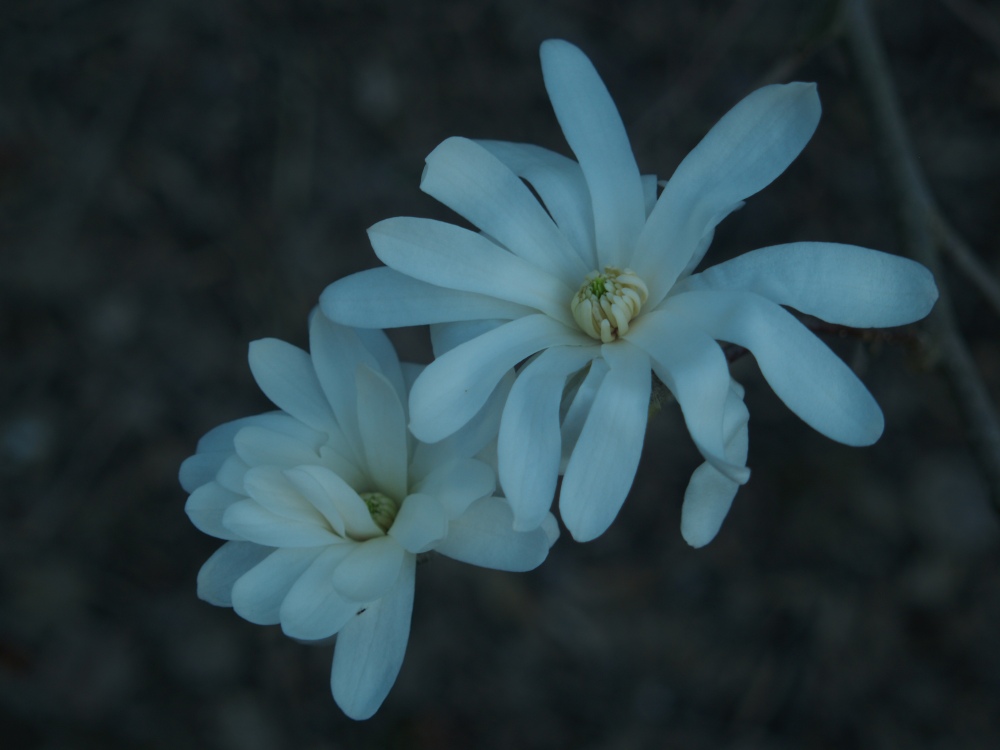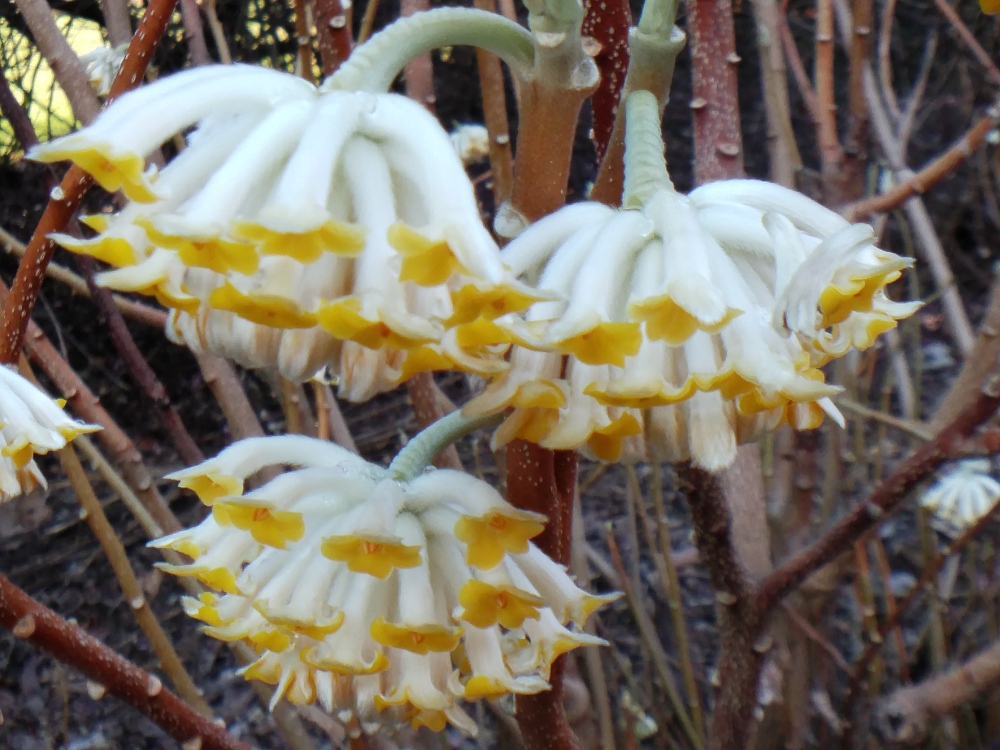The gardener should be aware when he complains that the early spring weather is miserable, no one is listening, though perhaps screaming at the chilly breezes soothes his soul. Yes, it’s raining, or snowing, sometimes simultaneously, but it’s March, and this is to be expected.

As recent weeks attest, one March afternoon will be seventy degrees, flushing growth on Japanese maples (as well as other trees and shrubs) several weeks early. And then, freezing temperatures are forecast that threaten the vulnerable, new leaves. One day the gardener revels in the warmth, the next he curses cold temperatures that are typical for the season.

The gardener prays that fragile foliage survives this frost, and never mind that flowers of the ‘Royal Star’ magnolia (Magnolia stellata ‘Royal Star’, below) are likely to be damaged by the cold. Flowers, and particularly the magnolia’s, are fleeting, and if not frost damaged they would fade in another week. Damage to leaves is serious, but the gardener (and the maples and magnolias) have been through this before, and all have survived. Still, the gardener is nagged that doom lurks in early spring’s next inevitable blast of cold.

Photos from a year ago remind of the miserable late winter and early spring when snow covered the ground in early March, and only small sections of the garden’s five ponds were thawed until late in the month. In two recent winters, multiple nights with temperatures below zero damaged trees and shrubs that had flourished through decades of mild winters.

Over two winters, paperbushes (Edgeworthia chrysantha, above) that grew to ten feet were severely pruned, and only a few pitiful, contorted flowers survived on lower branches that were most protected. Following this mostly mild winter, every bud survived, and now the shrubs are covered in glorious blooms. While too many are threatened by the occasional cold night, the paperbushes have managed through much worse, and flowers will not be damaged.
Up here in Ontario, I’m keeping my fingers crossed, too. Great photos!